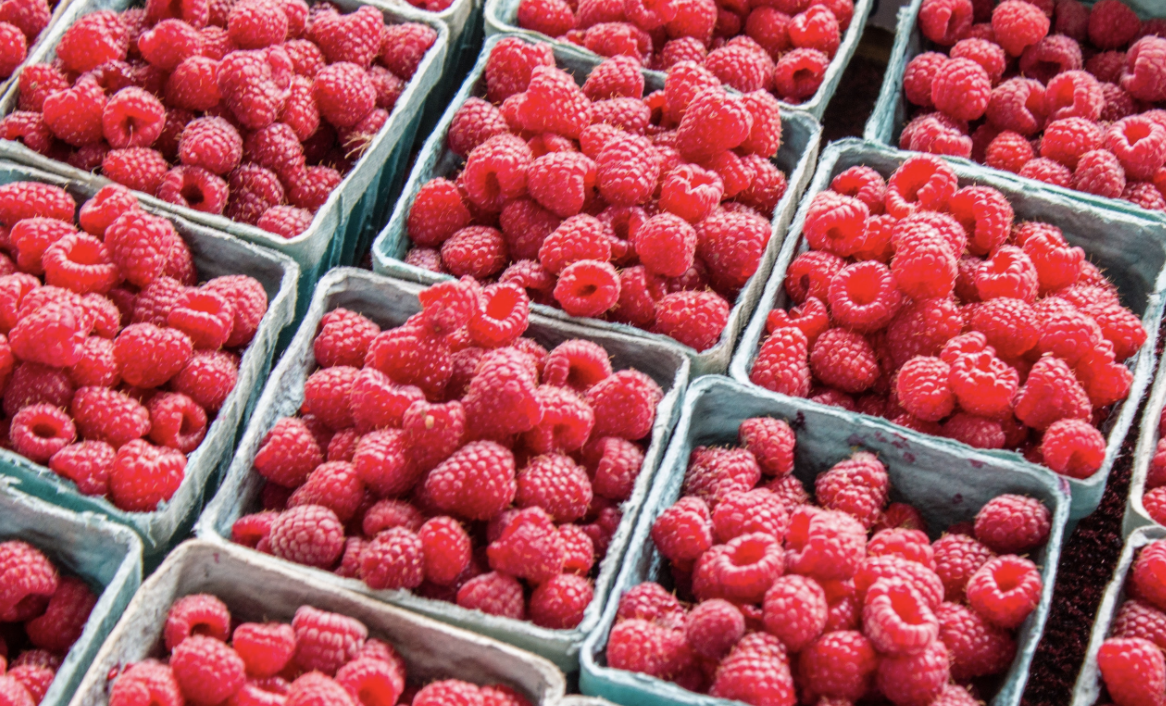
Where I live, there are two grocery stores in town that are intently focused on a higher-end clientele: Whole Foods, the national chain recently acquired by Amazon, and Dorothy Lane Market (DLM), a locally owned and operated grocery that’s now celebrating its 70th year.
I find these two businesses particularly interesting—and revealing—because my own landscaping company is focused on a similar clientele, in the same market. But even if that’s not who your ideal client is, I think there’s a lot you can learn from them.

Both of these stores are filled with lavish displays of fresh produce, organic meats and seafood, and prepared foods they know will appeal to their targeted customer. Yet you can drive by the rival stores’ parking lots any day of the week, and at any time—morning, noon, or night—and you’ll see DLM’s packed and Whole Foods’ filled with empty spaces. Why? What does DLM know that Whole Foods doesn’t?
1. It starts, and ends, with a strong product. Whole Foods markets quality, but DLM actually—and reliably—delivers it. Their produce is fresher, their meat and seafood is better, and their prepared foods are made in house and by hand. If you can’t stand 100 percent behind what your company is producing for your clients, you will inevitably lose to the competition.
2. Service, service, service. The Whole Foods staff is nice, but the DLM team is caring, knowledgable, and passionate. They believe in what they’re selling, and they always do more than the competition. If you need help finding an item, they don’t just wave you off in the direction of it—they take you to the item and make sure it’s what you want. If you want to try before you buy, they’ll give you a sample. They’ll carry your groceries to your car for you, no matter how busy the store is or how awful the weather. These little things all add up to make a big difference. What can your company do that’s more than the competition?
3. Efficiency matters, but so does morale. I read an article recently about a new system Amazon is implementing at Whole Foods to improve the chain’s inventory management. The system may have made sense in theory, but in practice it’s resulting in frequently empty store shelves, frustrated customers, and miserable employees. At DLM, they’re constantly trying new ways to improve the client experience, from online ordering apps and drive-up delivery service to in-house cooking demonstrations, food festivals, and health fairs. What’s more, their systems actually work and their team buys into them—because they had a hand in shaping them.
Whether you’re a small company competing against a big operation or you’re one of the bigger outfits in your market, spend some time this week thinking about how you’re performing in these three key areas. What can you do better to deliver on what you sell?
